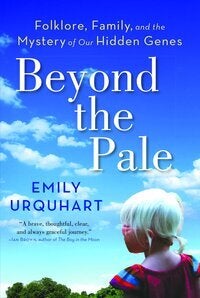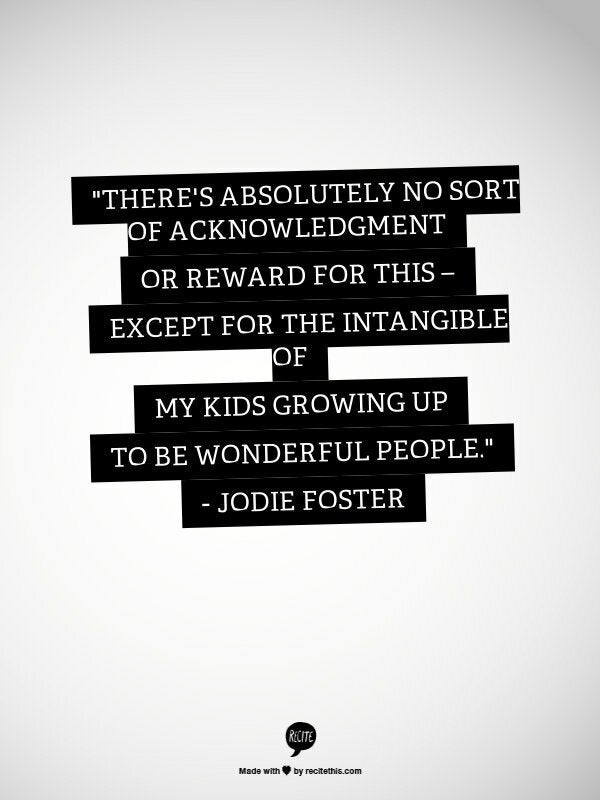
I had just settled into first-time parenthood when my reproductive future was spread out like tarot cards across a small table at our local hospital, our geneticist the medium channeling the information. I nursed our baby and my husband sat by my side as we scanned the test results--our three-month-old daughter had been diagnosed with oculocutaneous albinism type 1 (OCA 1), a recessive genetic condition that occurs in one in 20,000 people worldwide. There was a one in four chance that it would affect any of our future children.

People with albinism have little to no pigment, resulting in pale skin, hair and eyes. They burn easily and need to protect themselves from the midday sun. They have low vision, which ranges in severity but generally hovers near the legally blind mark, and it's minimally corrected with eyeglasses.
Back when my daughter was diagnosed, a second child seemed a distant notion, but buried in the medical literature from the geneticist's office were several options for when we were ready to try again.
To detect gene mutations once I became pregnant, we could use chorionic villus sampling (CVS), where a probe extracts tissue from the developing placenta, or amniocentesis, which uses fetal cells from the amniotic fluid, and then decide to continue or terminate the pregnancy based on the results. Alternatively, we could harvest embryos via in vitro fertilization (IVF), have them tested, and then implant only those that were mutation-free (a process called pre-implantation genetic diagnosis, or PGD).
People outside the medical community also offered advice. "You can always adopt," a well-meaning acquaintance suggested. "One is enough," said another.
Except that I'm not infertile, and my daughter's condition, although it can be challenging, is not a death sentence. Actually, I would choose to have another child with albinism.
This was the one option that no one suggested. We could undergo fertility treatments and implant only the embryos with the gene mutations that result in albinism. It's not unheard of. In fact, couples have been using PGD to select for known genetic conditions for more than a decade.
This possibility appealed to me for a variety of reasons. First, I adore my daughter. Why wouldn't I want a second child that was, in one way, like her? Second, if my children shared a genetic difference it was conceivable that this might create a special bond between them, one that they could draw from when challenged by the outside world. Third, while albinism had scared me in the early stages of my daughter's diagnosis, I no longer felt that way.
My daughter grew from a baby to a toddler and is now a preschooler. During this time she learned to walk and talk and sing. She mastered the tricycle and then the scooter. She threw her head back when she laughed, and she laughed a lot. She developed a love of animals and the colour yellow. She could see far more than we'd expected -- tearing around the playground with precision and grace, complementing her sight with her other senses. She saw the world in ways her parents wouldn't necessarily understand but that worked for her. She was not a burden, an idea that lived at the edges of the medical literature I'd digested over the years.
When my daughter was two-and-a-half years old I approached Dr. Carl Laskin, a specialist in reproductive immunology and autoimmune diseases in pregnancy, with a hypothetical proposition: "If I asked, would you help me have a second child with a known genetic condition?"
Dr. Laskin, who works for the LifeQuest Centre for Reproductive Medicine in Toronto, said "no." He'd never been faced with a query like mine but said that in my case he wasn't comfortable bringing a child with a visual impairment into the world. "I understand where you're coming from, I really do, but I can't walk a mile in your shoes," he said. "I don't make a value judgment on you, but I look to myself and say, 'I'm having trouble with this.' I would simply recuse myself and find someone that would do it."
I understand Dr. Laskin's reluctance. In Canada and the United States, there are no laws against selecting for a known condition, so the ethics and decisions are left for patients and physicians to tussle with.
Under the United Kingdom's Human Fertilisation Embryology Act, carrying out my request would be illegal. I see the rationale behind this law -- it is in place to protect unborn children, and to prevent unnecessary suffering. But I wonder, doesn't it devalue the lives of people who have these verboten conditions? Along the same lines, if I rejected an embryo or fetus because it carried the OCA 1 gene mutation, would I tell my daughter? How would she interpret this information?
I'll never know the answer to these questions. Ultimately, we decided to try to have a second child the regular way. The baby would have albinism or not, and that was fine with me. Because the truth is that there's no such thing as a designer baby. If this genetic odyssey has taught me one thing, it's that you can't engineer the baby you want, no matter what you do. Each child is a singular creation and they will be only themselves. All you can do is accept them when they arrive, care for them, and love them. They will do the rest.
MORE ON HUFFPOST:
